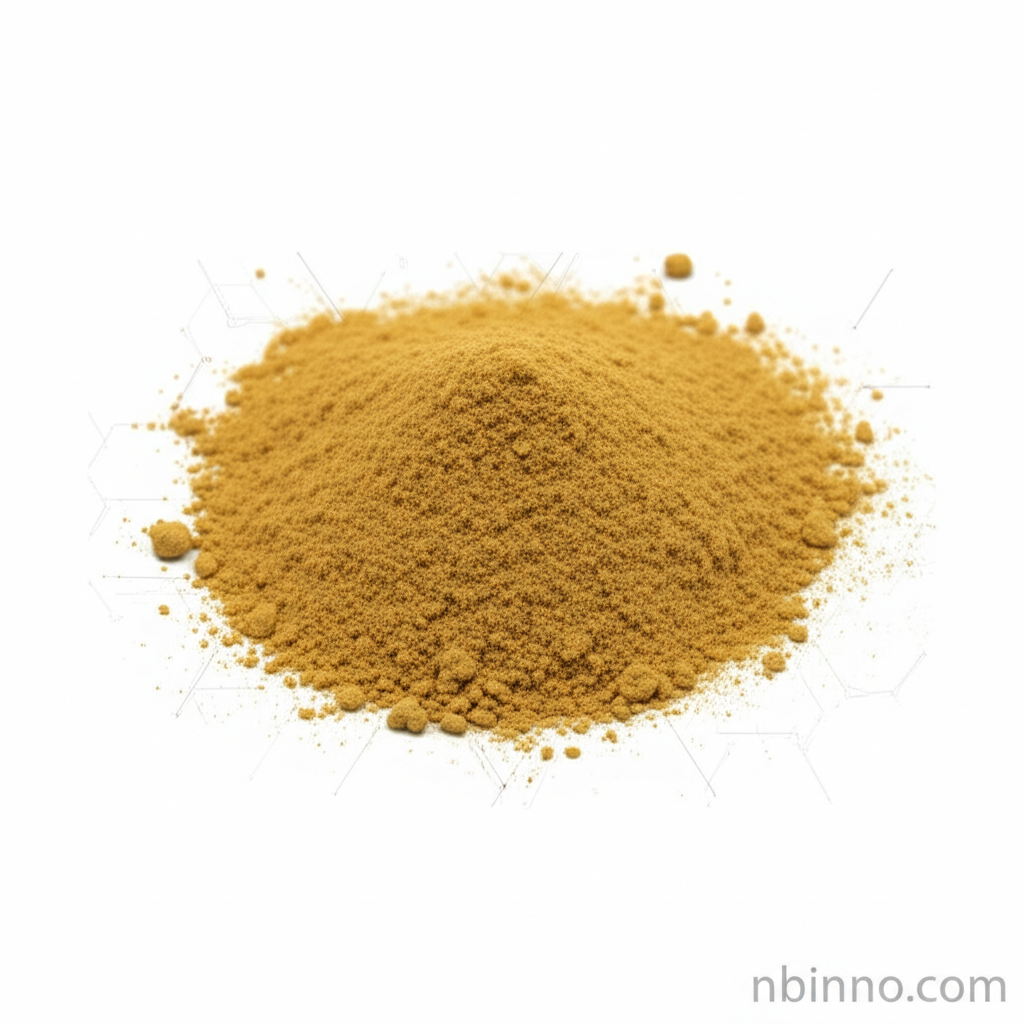2,3,3-Trimethylindolenine: A Versatile Heterocyclic Compound for Advanced Material Science and Biomedical Research
Discover the potential of this key indole derivative in dyes, imaging, and advanced material applications.
Get a Quote & SampleProduct Core Value

2,3,3-Trimethylindolenine
A vital heterocyclic indole derivative, 2,3,3-Trimethylindolenine serves as a crucial precursor in the synthesis of advanced materials and biomedical tools. Its unique chemical structure facilitates a wide range of reactions, making it indispensable for developing next-generation products.
- The synthesis of cyanine dyes and photosensitizers is significantly enabled by 2,3,3-Trimethylindolenine's reactive methylene group, allowing for condensation reactions.
- It is used in bioimaging probe development, contributing to advancements in cellular research and diagnostics.
- The compound is essential for synthesizing antimicrobial agents and organic semiconductors, expanding its utility in pharmaceuticals and electronics.
- Its properties make it ideal for exploring advanced material science applications and contributing to vital biomedical research efforts.
Key Advantages
Versatile Precursor
As a heterocyclic indole derivative, it's a foundational chemical for creating complex molecules like near-infrared (NIR) dyes, vital for optical applications.
Biomedical Utility
Its application in developing photosensitizers and bioimaging probes underscores its importance in biomedical research chemical advancements.
Material Science Innovation
Enabling the creation of organic semiconductors and other novel materials showcases its role in driving advanced material science applications.
Key Applications
Dye Synthesis
Used as a precursor for cyanine dyes and NIR dyes, enhancing optical performance in various applications.
Bioimaging
Development of bioimaging probes for cellular research and diagnostics, leveraging its fluorescent properties.
Pharmaceuticals
Synthesis of antimicrobial agents and intermediates for drug development, highlighting its role in healthcare innovation.
Materials Science
Application in organic semiconductors and other specialty materials, pushing boundaries in electronics and advanced materials.
